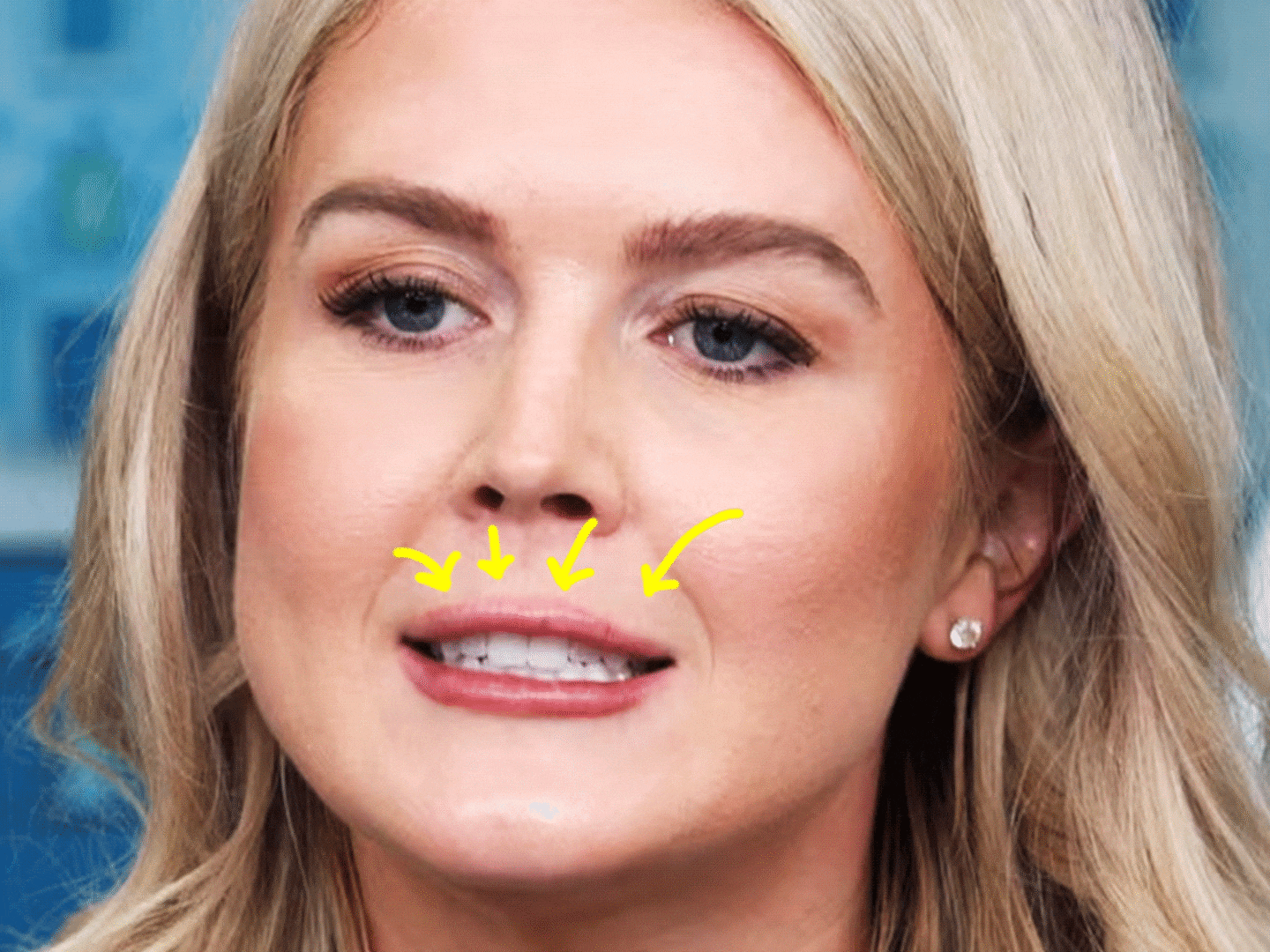
In his new film, Michael Mann manages to take 1930s gangster culture—rendered so vividly and compellingly by author Bryan Burrough—and render it flat as a pancake.
"He ain't no gangster. He's a real old-time desperado. Gangsters is foreigners; he's an American."—Gramp Maple, The Petrified Forest
John Dillinger is the most famous bank robber of the modern age and was killed in Chicago by federal agents after seeing a gangster movie in the summer of 1934. Dillinger, like all supremely successful criminals, was quite intuitive and sensed something was wrong as he walked in the hot evening toward his death. Suddenly, the chill of imminent destruction tapped him on the shoulder and he began to run in a crouch until he hit a woman in the street, spun around, and was shot down, falling in the alley between two city blocks. His straw hat was crushed and blood flowed from the exit wound in his face as he mumbled something incomprehensible. Dillinger would not rise to his feet again, and his actual story is still hidden behind the ways in which Hollywood chooses to tell a tale these days.
As John Ford proved in Fort Apache, Francis Ford Coppola showed in two thirds of his Godfather trilogy, and Martin Scorcese has made clear in Goodfellas and Casino, absolute truth is never the point in art. But it should always be determined by a quest for humanity, and the truth can be bent, adapted, even ignored if a filmmaker wants us to understand something about the internal condition of the species that has timeless value.
Mann wanted it as simple as he could make it, so what he offers the audience is a virtuoso piece of fluff.
Though Johnny Depp is such a fine actor that Public Enemies cannot distort or destroy his talent, it is more soulless proof of how things are done in the Dream Factory these days. The technical, primarily because so much of the business is now driven by the vulnerabilty that teenage boys have to machinery, is more effective than the human. Cross-cutting at either various speeds outside of the ordinary or in slow motion, lush color, overbearing sound, and command of all of the surfaces smothers the human rather than illuminates it. Heart and soul are the two least interesting things to teenage boys. So Hollywood people reach for sensation rather than attempting to touch the insides of the audience. We lose something as a nation and a culture whenever the mythic becomes entertainment that is not longer cheap but very, very expensive.
I read Public Enemies when it was published in 2004 and was quite impressed by the freshness Bryan Burrough brought to tales I thought that I already knew. With a poised sense of drama so confident it seemed almost indifferent, Burrough told two quite powerful stories in factual counterpoint of time and place. His command of research made very real the tale of the cops and the robbers. As fact usually does, humanity was at the heart of the matter but was much larger and pettier than we had usually been led to believe.
A thick residue of scum stuck together the outlaw bandits who were 20th-century extensions of scum from the Old West. But there was also a totalitarian residue that stuck to J. Edgar Hoover, like a spiritual silt that made indisputable the absolute blackness spreading from his soul to his agile brain.
The actual story, like most stories that become favorites of the movie business, was much more exciting, cruel, swirled in chance, mishap, mystery, and violently sorrowful moments than anything Hollywood had brought to the screen. Burrough saw the overarching tale in epic terms and chose to tell the stories of all of the famous criminals who were either sent to prison or the morgue during the brief and tumultous years from 1933 to 1937. What seemed a crime wave rose primarily in the Midwest, and the FBI was turned from a bureaucratic Depression job into a small army.
That is not the story that director Michael Mann chose to tell. He wanted it as simple as he could make it, so he ignored all stories other than that of Dillinger, and what he offers the audience is a virtuoso piece of fluff in which every extraordinary talent other than that of Depp’s is flattened into no more than an image used to further the narrative with dialogue so rancid it almost leaves a smell after being uttered.
We have seen and heard it all before and would not have had to experience it yet again were Mann at all interested in what we can depend on from actual art. Its failure is no one’s fault other than his own because all of the performers would have been glad, I am sure, to be given three-dimensional roles in which all of the contradictory elements of human beings are full and accounted for in their grand and petty mysteriousness.
Nothing messy is attempted, meaning anything that would lead us away from a one-dimensional vision of the robbers and the cops. Dillinger is the country boy gone wrong, and Hoover is another prissy remake of Captain Bligh as delivered by Charles Laughton. In fact, the robber was quite charismatic, but he also had racist tendencies that were not as severe as Hoover’s but right in there. Dillinger explained to his younger brother the threatening actions of a black prisoner with whom he made his most famous jailbreak by saying, as Burrough records in Public Enemies, “You know how a n***r is.” Yikes: Not Johnny, too. He may have been more like the racist and terrorist the real Jesse James was than we would ever suspect.
Hoover, of course, is now considered a repressed homosexual, which might explain why only white men, preferentially bachelors, were hired by the bureau. No other types needed apply. Perhaps the crime fighter could then have more pleasant fantasies about the boys in the federal law-and-order band. Burrough also documents Hoover’s brilliant organization of resources, technology, manipulation of media, and the director’s willingness to encourage his agents to kidnap and brutalize anyone suspected of withholding information.
But Burrough also impressively details the shifting careers of those federal employees working under Hoover. They were happy to have a bureaucratic job during the Depression, but were not quite ready for what they would have to do under the pressure of murderous conflict with serious criminals. Before they knew it, those employees were turned into men trained to stop pushing pencils and serving summons in favor of learning to shoot pistols, shotguns, and machine guns. Once they had shifted form, Hoover had them, and they soon had the bad guys in place on marble morgue tables.
Hoover was a small and short man who never met a camera that he did not like. He also worked the seat off his pants, was forever a natty dresser, lived with his mother until she croaked, and would have given totalitarianism a worse name had the man come to power under Lenin, Hitler, Stalin, or Mao.
Michael Mann chose not to do much with what he had in compelling and thoroughly exciting narrative examples from the very beginning of Public Enemies to the end. Every person depicted in the film was far, far more interesting or terrifying or something else altogether than what we see on the screen. Yet what he did is right in the tradition, all the way in the tradition.
Part of our American story is how badly we handle our natural resources and Mann is one who does not appreciate the resource of natural actors as fine as his international cast, who were chosen not to work against type, but against humanity itself.
Stanley Crouch's culture pieces have appeared in Harper's, The New York Times, Vogue, Downbeat, The New Yorker, and more. He has served as artistic consultant for jazz programming at Lincoln Center since 1987, and is a founder Jazz at Lincoln Center. In June 2006 his first major collection of jazz criticism, Considering Genius: Jazz Writings , was published. He is presently completing a book about the Barack Obama presidential campaign.






